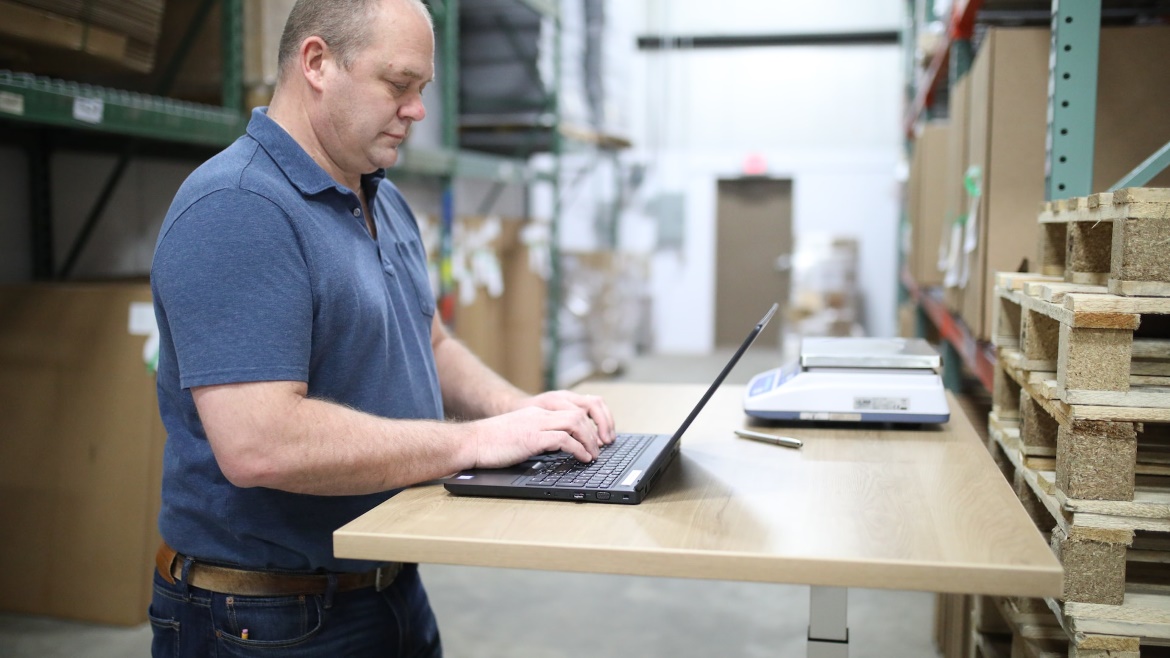In the fast-evolving world of technology, defect detection using IoT is becoming a critical component for businesses across various sectors. Embracing this cutting-edge technology not only enhances quality control but paves the way for operational efficiency. Discover how industries are harnessing the full potential of IoT to revolutionize defect detection, thereby ensuring products meet high-quality standards and reducing economic losses.

Understanding IoT in Defect Detection
The Internet of Things, or IoT, is a network of interconnected devices sharing data in real time. In the context of defect detection, IoT devices are equipped with sensors and data-processing capabilities to spot anomalies in manufacturing processes. This real-time monitoring and analysis significantly reduce human error, allowing organizations to foresee issues before they escalate.
Benefits of IoT in Industry
Enhancing Quality Control
IoT solutions in defect detection improve the accuracy of quality control measures. By utilizing sensors and cameras, industries can maintain consistent quality standards, detecting defects with precision and effectiveness.
Cost Reduction
Through predictive maintenance facilitated by IoT, companies can significantly lower costs related to machine downtimes and repairs. This proactive approach prevents expensive defects and preserves the machinery’s integrity.
Boosting Productivity
As IoT systems automate and enhance defect detection processes, businesses can channel resources towards productivity rather than repairing errors, facilitating a more efficient workflow.
Applications of IoT in Various Sectors
Manufacturing
In manufacturing, defect detection using IoT plays a vital role in minimizing production line disruptions. IoT devices monitor machines continuously, detecting wear and tear before major breakdowns occur.
Healthcare
In healthcare, precise equipment performance is crucial. IoT-enabled devices ensure medical equipment functions correctly, significantly reducing equipment-related failures.
Automotive
Within the automotive industry, IoT assists in ensuring each vehicle component meets safety and regulatory standards. Real-time data from IoT devices help in identifying defects swiftly, ensuring only high-quality vehicles reach consumers.
How IoT Devices Identify Defects
IoT systems utilize data collection, machine learning, and analytics to identify and anticipate defects. By gathering and analyzing vast amounts of data, these systems learn standard operations, flagging any anomalies for further investigation. This intelligent application of technology leads to fewer errors and higher precision in defect detection.
The Role of Data Analytics
Data analytics is integral to the way IoT functions in defect detection. By continuously learning from the data patterns, IoT systems not only detect but also predict potential weaknesses in products or systems.
Machine Learning and AI Integration
Integrating machine learning and AI with IoT takes defect detection to a new level. These technologies allow devices to learn and adapt to new information, improving the accuracy and speed of defect identification over time. The advanced algorithms enable systems to differentiate between a defect and acceptable variance in manufacturing parameters.
Challenges and Solutions
Data Security Concerns
Securing IoT networks to prevent unauthorized access is crucial. Implementing stringent security protocols and encryptions can mitigate risks, ensuring data remains protected.
Integration with Existing Systems
Integrating IoT solutions with legacy systems poses challenges. Companies must carefully plan and execute the integration to ensure smooth operation and compatibility.
Complex Implementation
Setting up IoT infrastructure can be complex and costly. Hiring skilled professionals and engaging with IoT vendors for seamless deployment is crucial for success.
Real-world Examples
Leading firms have successfully implemented IoT solutions for defect detection. Some manufacturers have seen a reduction in defects by over 50%, showcasing the effectiveness of this technology in boosting quality control.
The Future of IoT in Defect Detection
As technology evolves, IoT will grow to become an even more integral part of defect detection systems. Future advancements promise smarter, faster, and more precise systems, further revolutionizing industrial processes.
Implementation Steps for Businesses
Businesses looking to adopt IoT for defect detection should begin by assessing their current systems and identifying improvement areas. Creating a roadmap, investing in the right technology, training personnel, and maintaining the infrastructure ensures successful integration.
IoT in Printing Industry
The printing industry is already benefiting from smart printer connectivity and other IoT-based solutions. Through advanced analytics, defect detection using IoT helps ensure printed materials meet the highest standards of quality.
Useful External Resources
For further reading on the impact of AI on printing quality, visit this insightful article.
Conclusion
Embracing defect detection using IoT offers a transformative pathway for industries aiming to improve product quality and manufacturing efficiency. As digital transformation continues, organizations must adapt to this new era of smart manufacturing to remain competitive and resilient.

FAQs
What is IoT in defect detection?
IoT in defect detection utilizes interconnected devices with sensors to monitor, collect, and analyze data to identify defects in real-time, improving quality control and efficiency.
Why is IoT important in industries?
IoT plays a crucial role in industries by providing real-time insights, enhancing operational efficiency, reducing costs, and ensuring quality standards through automation and predictive analytics.
How does IoT improve quality control?
IoT improves quality control by offering precise monitoring and analysis through sensors and smart devices. By identifying defects early, it ensures products meet stringent quality standards.
This article contains affiliate links. We may earn a commission at no extra cost to you.







